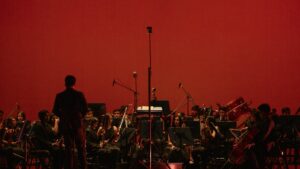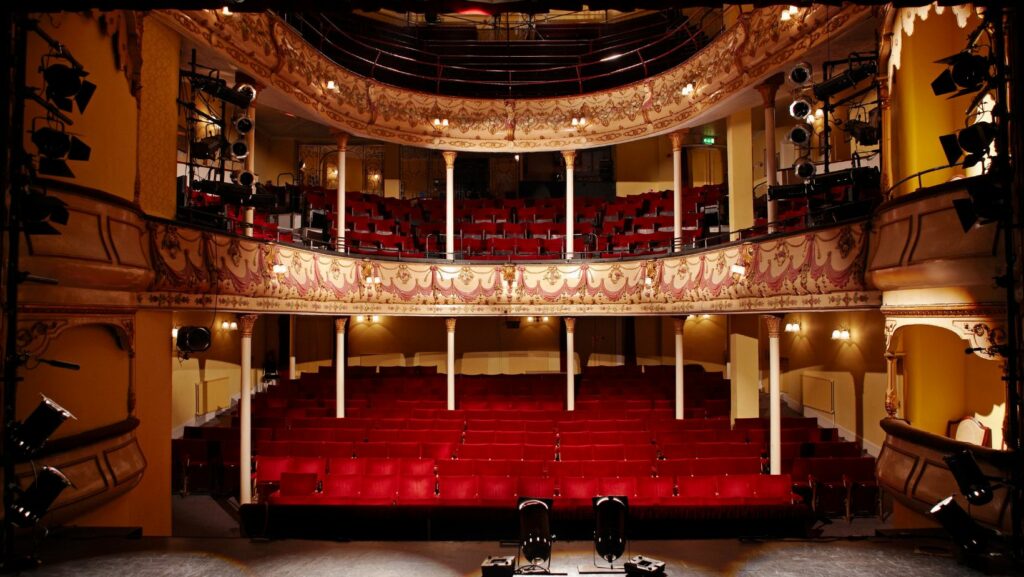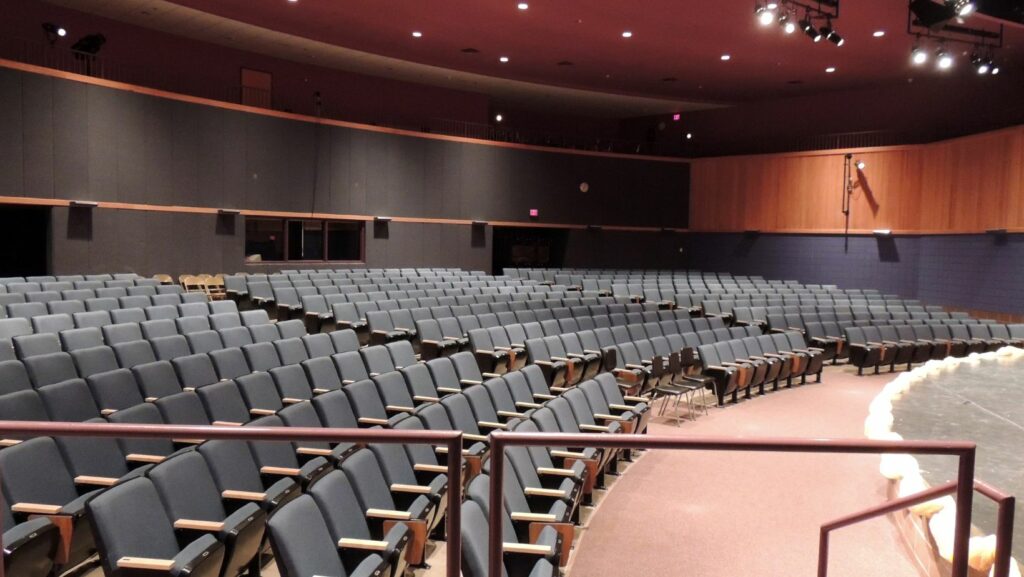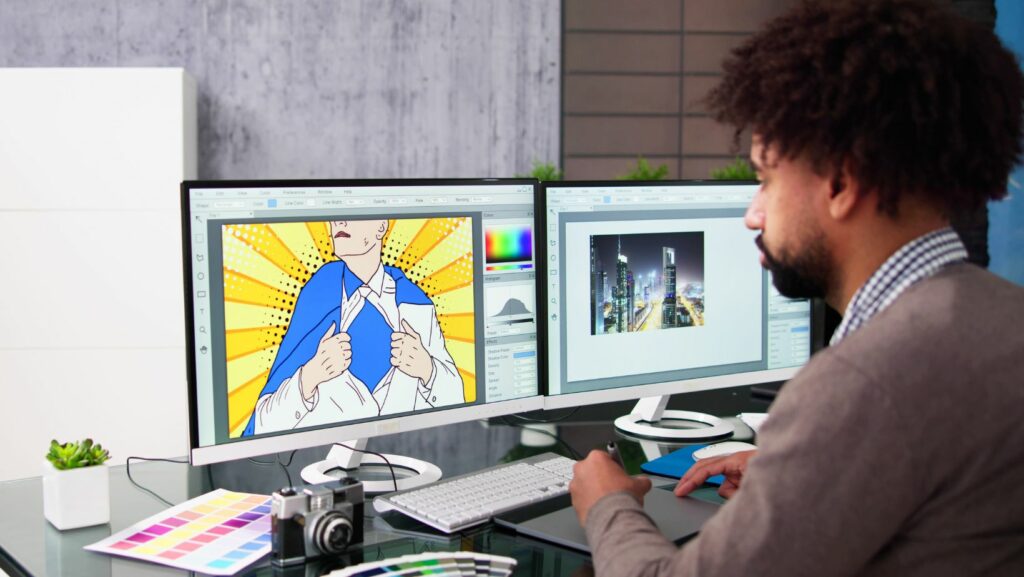Visual and performing arts captivate audiences worldwide, offering a rich tapestry of human expression and creativity. These art forms encompass a diverse range of disciplines, each with its unique methods and mediums. From the vivid strokes of a painter’s brush to the emotive movements of a dancer’s body, visual and performing arts evoke emotions and provoke thought, transcending language and cultural barriers.
Together, these art forms enrich communities, foster cultural understanding, and inspire countless individuals to explore their own creative potential. As society evolves, so too do these arts, continually adapting and reflecting the world around them.
Understanding Visual Arts
Visual arts encompass a broad spectrum of creative disciplines that utilize sight to convey ideas and emotions. They form an integral part of the conversation about what is visual and performing arts.
Definition and Scope
 Visual arts include art forms that communicate through visual stimuli. This broad category covers traditional disciplines like painting and sculpture, as well as modern forms such as digital art and photography. Encompassing both two-dimensional and three-dimensional works, visual arts often intersect with cultural, historical, and contemporary themes to engage audiences.
Visual arts include art forms that communicate through visual stimuli. This broad category covers traditional disciplines like painting and sculpture, as well as modern forms such as digital art and photography. Encompassing both two-dimensional and three-dimensional works, visual arts often intersect with cultural, historical, and contemporary themes to engage audiences.
- Painting: Involves applying pigment to surfaces like canvas or wood. Styles range from abstract to photorealistic.
- Sculpture: Uses materials such as clay, metal, or stone to create three-dimensional forms. Often positioned in public or private spaces.
- Photography: Captures images using cameras. Encompasses genres such as portrait, landscape, and documentary photography.
These disciplines highlight the diversity and depth within visual arts, helping individuals understand its extensive role and impact.
Exploring Performing Arts
Performing arts captivate audiences through dynamic storytelling and creative expression. They encompass live performances that showcase human creativity and cultural narratives.
Definition and Scope
The performing arts include a range of artistic disciplines that involve live performance. These art forms blend artistic expression with audience interaction. Typical branches include theater, music, and dance, each utilizing distinct skills to present narratives or convey emotions. The scope extends to various settings, from stage productions to street performances, reflecting diverse traditions and modern innovations.

- Theater: Integrates acting, direction, and stage design to tell stories. It often includes plays, musicals, and improvised performances.
- Music: Encompasses vocal and instrumental compositions. Performances may vary from solo acts to grand orchestral displays.
- Dance: Utilizes movement and choreography to express ideas. It includes genres like ballet, contemporary, and folk dance, engaging audiences emotionally and physically.
What Is Visual And Performing Arts
The interplay between visual and performing arts enriches the cultural fabric, as these disciplines often intersect in various creative expressions. Visual arts, encompassing mediums like painting, sculpture, and digital art, provide the foundational elements for many performing arts productions. For instance, theater relies on visual arts in set design, costumes, and makeup to create an immersive environment, enhancing storytelling and audience experience.
Collaborative efforts in visual and performing arts foster innovation by blending different artistic techniques. Dance performances sometimes incorporate visual arts through projected digital backdrops or intricate set pieces to enhance the thematic elements of a performance. Similarly, music videos combine visual art concepts with musical expression, creating a synergistic art form that captivates audiences.
Artistic movements often bridge these arts, reflecting societal changes and shared themes. Both disciplines respond to cultural, historical, and social contexts, providing a platform for dialogue and understanding. They contribute to community identity, encouraging reflection and conversation on shared human experiences.
The Importance of Visual and Performing Arts in Society
Visual and performing arts hold significant value in society, seen in their ability to foster cultural awareness and community engagement. Visual arts, including painting and sculpture, offer insight into cultural histories and individual identities, serving as educational tools that promote dialogue about diverse perspectives.
Performing arts, through theater and dance, provide a shared experience that unites audiences, strengthening social bonds and creating an inclusive environment.
 Economic contributions are also notable within these arts. Events and exhibitions generate revenue and create employment opportunities in communities, bolstering local economies. The presence of vibrant art scenes attracts tourism and stimulates related sectors like hospitality and retail, contributing to economic growth.
Economic contributions are also notable within these arts. Events and exhibitions generate revenue and create employment opportunities in communities, bolstering local economies. The presence of vibrant art scenes attracts tourism and stimulates related sectors like hospitality and retail, contributing to economic growth.
Overall, visual and performing arts enrich society by bridging cultural divides, contributing to economic vitality, supporting well-being, and enhancing educational outcomes.



